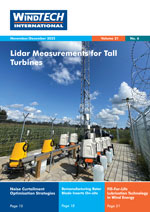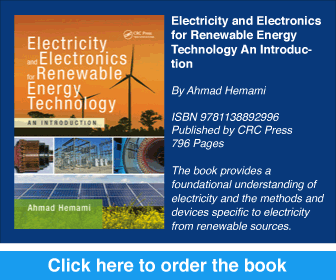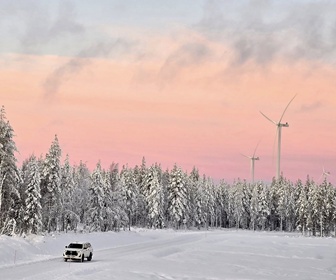Europe’s wind industry has proposed a new deal aimed at speeding up and de-risking the development of offshore wind energy in Europe. The proposal calls for European governments to auction at least 100 GW of offshore wind capacity between 2031 and 2040, using two-sided Contracts for Difference (CfDs).
This would ensure greater coordination across European countries and distribute the build-out more evenly over time, providing clearer visibility on volumes and revenues. The industry believes that a stable pipeline of CfD auctions will help lower costs and enable offshore wind to meet Europe’s energy goals. Furthermore, the industry has committed to reducing the cost of offshore wind by 30% by 2040.
The proposal calls on governments to:
Commit to 100 GW of Contracts for Difference (CfDs): Governments should auction at least 100 GW of CfDs over the next 10 years, backed by firm political commitment and fixed-price or indexed contracts, which will create bankable projects.
Consistent commissioning: The 100 GW of offshore wind should be evenly distributed, with 10 GW commissioned annually between 2031 and 2040. Cross-border planning will be key to creating market predictability, while ensuring flexibility on commissioning dates to optimise the supply chain and investments.
The proposal also includes additional capacity supported by Power Purchase Agreements (PPAs) to lay the foundation for a sustainable offshore wind industry, targeting 15 GW of annual installations by the 2030s.
Alongside these measures, the industry stresses the need for wider actions to accelerate electrification, enhance the competitiveness of energy-consuming industries, and boost grid development and financing.
In return, the industry commits to:
Capital for investments: Ensuring that sufficient investments are made to meet the de-risked, committed volumes, while investing in projects, industry capacity, manufacturing, and workforce development.
Cost reductions: Lowering the Levelised Cost of Electricity (LCOE) by 30% towards 2040, helping offshore wind become more competitive. This will be achieved through access to lower capital costs, project derisking, collaboration on standardisation, and industrialisation savings across the entire project lifecycle.
Community and societal value: Generating long-lasting value for local communities through economic activity, investments, and jobs, particularly in coastal regions. The industry also aims to reduce electricity bills, mitigate rising energy costs, and enhance energy security and resilience.
By ensuring projects are built on time and within budget, the industry aims to create a competitive, sustainable offshore wind sector that contributes significantly to Europe’s energy transition.










